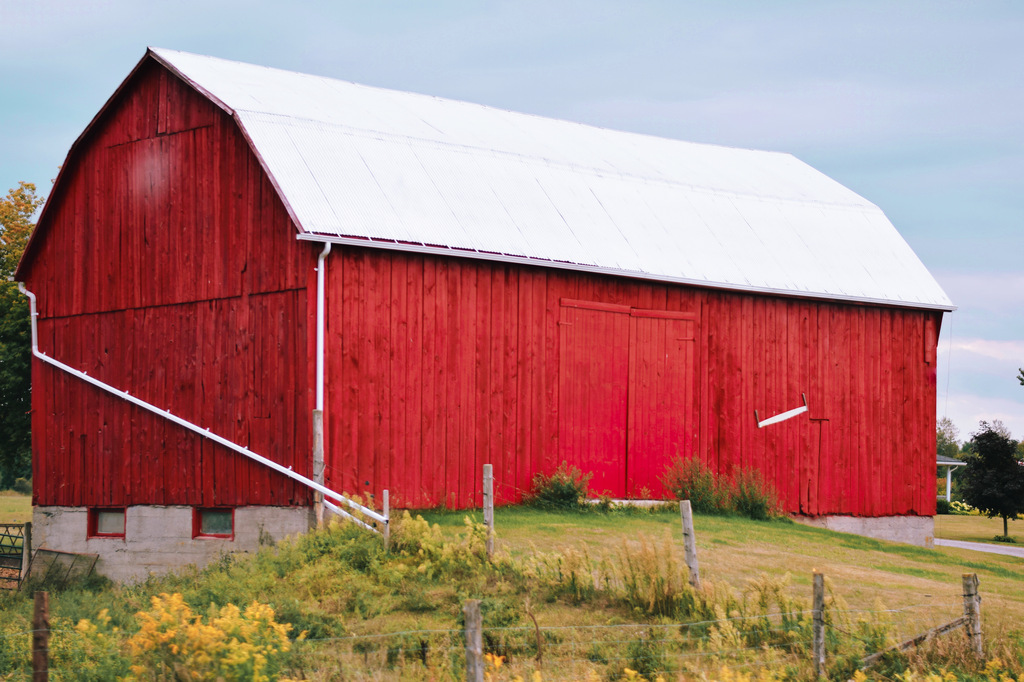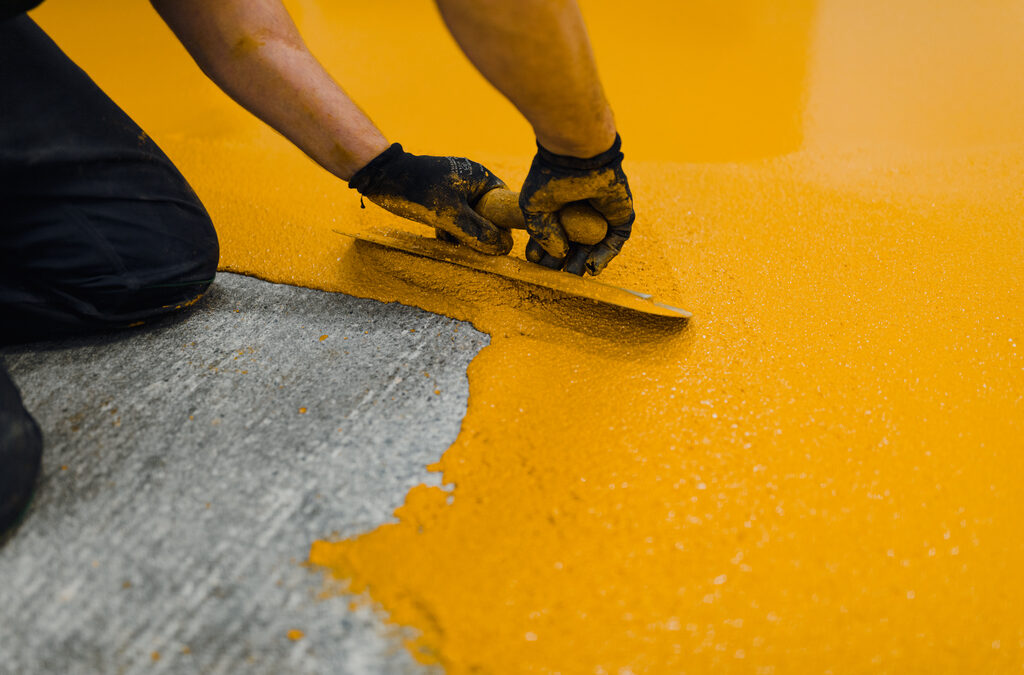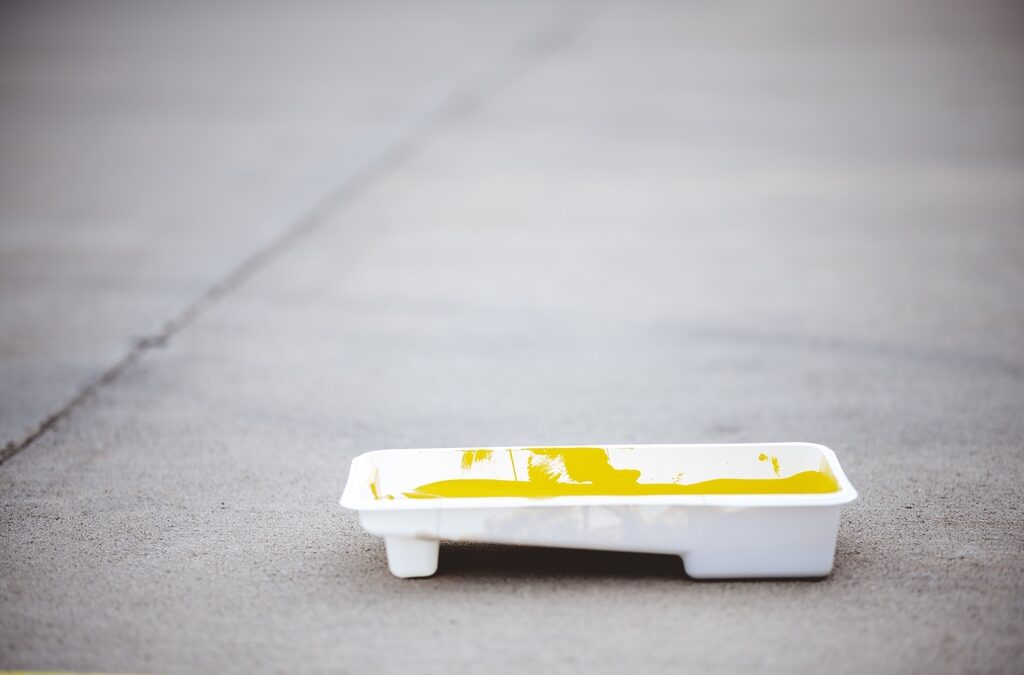Painting a warehouse is a significant task that requires careful planning, the right materials, and attention to detail. A well-painted warehouse not only looks good but also provides a safe and efficient working environment. This step-by-step guide will walk you through the entire process, ensuring you achieve a professional finish.
Preparing the Warehouse for Painting
Importance of Preparation
Preparation is crucial for a successful paint job. It ensures the paint adheres properly and lasts longer. Skipping this step can lead to peeling paint and uneven surfaces. Begin by removing any obstacles, such as equipment and shelving, to create a clear workspace. This not only makes the painting process smoother but also prevents accidental damage to your belongings.
Cleaning the Surfaces
Start by thoroughly cleaning all surfaces to remove dirt, dust, and grease. Use a heavy-duty cleaner and degreaser for best results. Pressure washing is also effective for removing stubborn grime. Clean surfaces allow the paint to adhere better and last longer. Pay special attention to areas prone to oil and chemical spills, which are common in warehouses.

Repairing Damages and Cracks
Inspect the walls and floors for any cracks or damages. Use a high-quality filler to repair these areas. Smooth out the repairs with sandpaper once dry. This step is vital for a smooth and professional finish. Uneven surfaces can lead to an unprofessional appearance and reduce the lifespan of the paint job.
Masking and Covering Areas
Protect areas that you don’t want to paint by using painter’s tape and plastic sheeting. This includes windows, doors, fixtures, and floors. Masking off areas ensures clean lines and prevents accidental paint splatters, saving you time and effort on clean-up.

Choosing the Right Paint and Materials
Types of Paint Suitable for Warehouses
Warehouses require durable paints that can withstand heavy traffic and wear. Epoxy and polyurethane-based paints are excellent choices due to their durability and resistance to chemicals and abrasions. Epoxy paints are particularly known for their strength and can handle the wear and tear typical in a warehouse environment.
Essential Painting Tools and Equipment
Gather all necessary tools, including rollers, brushes, paint trays, extension poles, and ladders. For large areas, consider using an airless sprayer to save time and ensure an even coat. Investing in high-quality tools can significantly affect the quality of your paint job and ease the application process.
Safety Gear and Precautions
Safety is paramount when painting. Wear protective gear such as gloves, masks, and goggles. Ensure proper ventilation in the warehouse to avoid inhaling fumes. It’s also important to have a first-aid kit on hand and know basic first-aid procedures in case of any accidents.
Step-by-Step Painting Process
Priming the Surfaces
Priming is essential for achieving a smooth finish and improving paint adhesion. Apply a high-quality primer suitable for your warehouse surfaces. Primers help seal the surface and provide a uniform base for the topcoat, which is especially important on porous or repaired surfaces.
Applying the Base Coat
Once the primer is dry, apply the base coat of paint. Use even strokes with a roller or sprayer. Start from the top and work your way down to avoid drips and streaks. Applying multiple thin coats rather than one thick coat ensures a smoother finish and better durability.
Techniques for an Even Finish
For an even finish, apply multiple thin coats rather than one thick coat. Allow each coat to dry completely before applying the next. Use a combination of rollers for broad areas and brushes for edges and corners to ensure comprehensive coverage.
Adding Finishing Touches
After the final coat, inspect the painted surfaces for any missed spots or imperfections. Touch up these areas carefully. Removing painter’s tape before the final coat dries completely can prevent peeling and create clean edges.

Safety Tips for Painting a Warehouse
Proper Ventilation
Ensure good ventilation to disperse paint fumes. Use fans and open windows and doors if possible. Proper ventilation not only protects workers’ health but also helps the paint dry faster and more evenly.
Handling Hazardous Materials
Store paints and solvents in a cool, dry place. Follow all safety instructions on the product labels. Dispose of any waste materials properly to avoid environmental contamination.
Protective Equipment for Workers
Provide workers with appropriate safety gear and enforce its use throughout the project. This includes respirators, gloves, and safety glasses. Training workers on the proper use of this equipment can prevent accidents and health issues.
Maintaining the Painted Warehouse
Regular Cleaning and Upkeep
Keep the warehouse clean to maintain the paint’s appearance. Regularly sweep and mop floors and wipe down walls. Using mild cleaning agents can help preserve the paint and keep it looking fresh for longer.
Touch-Ups and Repainting Tips
Perform touch-ups as needed to address any chips or scratches. Follow the same painting techniques to ensure consistency. Regular inspections can help identify areas that need attention before they become major issues.
Addressing Common Issues
If you notice issues like peeling or blistering, address them promptly. Scrape off the damaged paint, sand the area smooth, and repaint. Identifying the cause of the problem, such as moisture or poor surface preparation, can prevent recurrence.
For professional painting services and expert advice, you can visit Lifetime Painters. They offer a range of services to help you achieve a flawless finish for your warehouse.
By following this comprehensive guide, you can ensure your warehouse is painted efficiently and professionally, providing a safe and aesthetically pleasing environment for your operations




